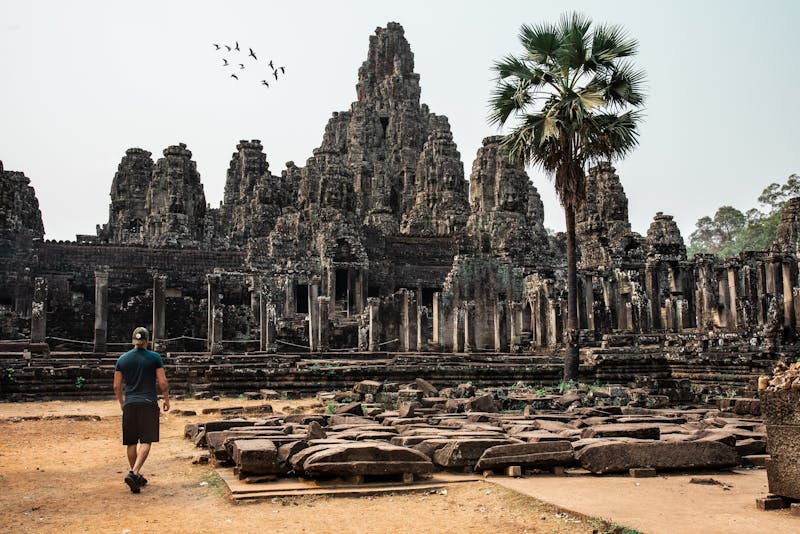The tourism sector in Southeast Asia, a vibrant mosaic of cultures, landscapes, and history, faced unprecedented challenges during the global pandemic. As the world begins to navigate the post-pandemic era, Southeast Asia stands at the forefront of reinventing travel, blending traditional allure with innovative recovery strategies and technological advancements to reshape the tourist experience.
Post-Pandemic Recovery Strategies
The pandemic’s impact on tourism was profound, prompting an urgent need for resilient recovery strategies. Southeast Asian countries have been agile in their response, recognizing the sector’s significance to their economies. Here are pivotal strategies driving the revival:
1. Health and Safety Protocols: Implementing rigorous health protocols has been paramount. Countries across the region have adopted the World Travel and Tourism Council’s “Safe Travels” stamp, ensuring global health standards to rebuild traveler confidence.
2. Diversification of Tourism Offerings: Recognizing the shifting preferences of travelers, Southeast Asia is diversifying its tourism products. Beyond the sun-soaked beaches and bustling cities, there’s a push towards eco-tourism, cultural immersion, and rural tourism, offering more personalized and meaningful travel experiences.
3. Digital Nomad Visas and Long-Stay Packages: To capitalize on the rise of remote work, several Southeast Asian destinations have introduced digital nomad visas and long-stay packages. This strategy not only attracts a new wave of travelers but also ensures longer stays, contributing to local economies.
4. Strategic Marketing Campaigns: National tourism organizations are launching targeted marketing campaigns to attract tourists. Utilizing data analytics, these campaigns are tailored to appeal to specific markets, emphasizing the unique selling points of each destination.
The Role of Technology in Transforming Travel
Technology has emerged as a key player in transforming the travel experience in Southeast Asia, making it safer, more convenient, and immersive. Here are ways technology is reshaping tourism:
1. Contactless Services: From contactless check-ins at hotels and airports to digital payments and QR code menus, the travel industry is embracing touch-free technologies to minimize health risks and enhance convenience.
2. Virtual Reality (VR) and Augmented Reality (AR): VR and AR technologies are providing immersive travel experiences, allowing potential travelers to explore destinations virtually. These technologies are also enhancing on-site experiences, offering interactive tours and historical insights, enriching the tourist’s journey.
3. Artificial Intelligence (AI) and Chatbots: AI-powered chatbots and virtual assistants are improving customer service, providing 24/7 assistance, and personalized travel recommendations. AI is also being used in predictive analytics to forecast travel trends and optimize operations.
4. Mobile Apps and Platforms: Comprehensive travel apps have become indispensable, offering everything from itinerary planning and local recommendations to real-time language translation. These platforms enhance the traveler’s autonomy and enrich the travel experience.
5. Sustainable Travel Technologies: As environmental awareness grows, technology is playing a crucial role in promoting sustainable tourism. Innovations such as electric transport, energy-efficient accommodations, and digital conservation efforts are gaining traction, aligning with travelers’ increasing preference for eco-friendly practices.

The tourism sector in Southeast Asia is undergoing a profound transformation, catalyzed by the challenges of the pandemic and accelerated by technological innovation. The region’s recovery strategies, emphasizing health, safety, diversity, and sustainability, coupled with the integration of cutting-edge technologies, are not just facilitating a comeback but are setting new benchmarks for the global travel industry.
As Southeast Asia reopens its doors to the world, it does so with a renewed spirit, offering travelers not just destinations but experiences that are safer, more meaningful, and interconnected through technology. The future of travel in Southeast Asia is not just about recovery but about reimagining what tourism can be in the post-pandemic world.

